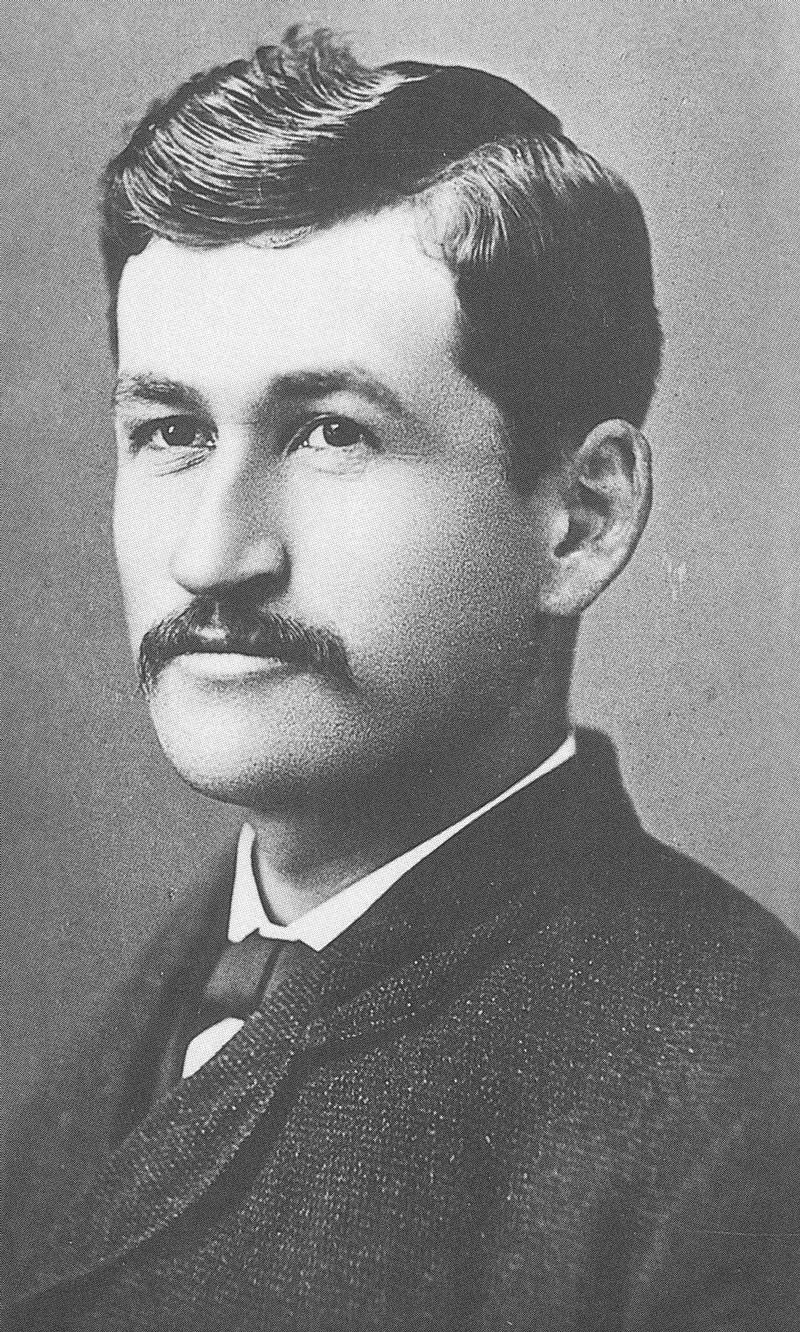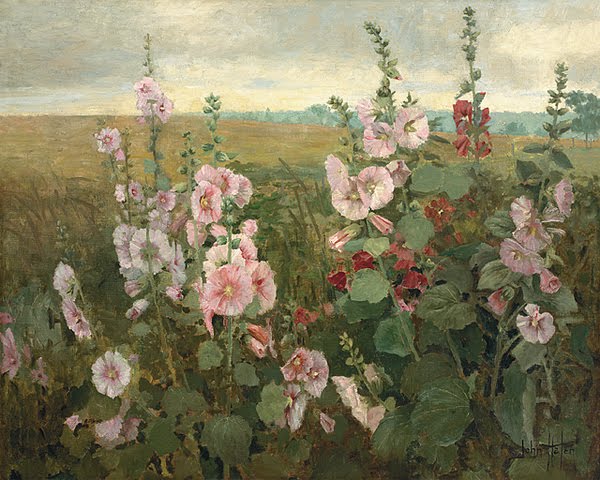John Hafen: Mormon Artist
Latter-day Saint artists John Hafen and Lorus Pratt, yearning to contribute to the beautification of their home in the valleys of the Rocky Mountains, asked the leadership of The Church of Jesus Christ of Latter-day Saints for financial assistance to travel to Paris to receive the training they knew they needed. In exchange for their training, they would paint murals in the temples and provide any other art services the Church may need. In June 1890, President George Q. Cannon told them their proposal had been accepted.
Five artists were set apart as art missionaries and sent to study in Paris. Hafen, Pratt, and John Fairbanks were sent first, with Edwin Evans and Herman Haag joining them later. They studied at the Academie Julian. Despite the challenges of frugal living arrangements and instruction in a crowded art academy, the Utah artists distinguished themselves and won several competitions. Their Paris training produced artists who gained new techniques and greater sophistication and accuracy in perspective and proportions. They were influenced by French Impressionism and its emphasis on landscapes and the effects of natural light by painting en plein air.
John Hafen was born in 1856 in Scherzingen, Switzerland. His family converted to the Church of Jesus Christ and his parents brought the family to the United States when Hafen was six years old. They settled in Payson, Utah, and then in 1868 they moved to Salt Lake City.
From a young age, Hafen was interested in art and he became one of the youngest and earliest students at the Twentieth Ward Academy in Salt Lake City. Part of his instruction included drawing. Over the course of the next ten years, Hafen was tutored by artists George Ottinger and Danquart Weggeland. They encouraged him to seek training outside of Utah and were part of the reason Hafen sought help from the Church to study in Paris.
From 1881 to 1890, Hafen and a group of young artists founded the Utah Art Association. They produced exhibitions and provided art instruction. Hafen painted, drew, and exhibited as often as possible.
When Hafen departed for Paris in 1890, he left his wife, Thora Twede Hafen, and their five children in Springville, Utah. He was able to study in Paris for only one year due to his family’s economic difficulties. He was the first art missionary to return to Salt Lake City and begin work on the Salt Lake Temple murals. He worked with Weggeland. Pratt, Fairbanks, Evans, and Haag joined them in their work a year later.
In 1893, the Utah Art Association was reestablished and Hafen served as vice president. Although his paintings of Utah from about 1895 to 1907 are considered masterpieces now, he wasn’t able to support his family on painting alone. He taught art at the Brigham Young Academy (a precursor to Brigham Young University. He painted for the Church of Jesus Christ and many of his paintings are housed at the Museum of Church History and Art in Salt Lake City.
Five more children were added to the Hafen home and they moved into a Swiss chalet-style home in Springville. He donated paintings to the Springville High School and encouraged other artists to donate artwork. The collection grew and was moved to a building that eventually became the Springville Museum of Art.
Hafen never rose beyond poverty while in Utah. He moved to Indiana in his later years and achieved success as an artist when he joined a regional group of impressionist artists. He was commissioned to paint the governor’s portrait. He died from pneumonia on June 3, 1910.

